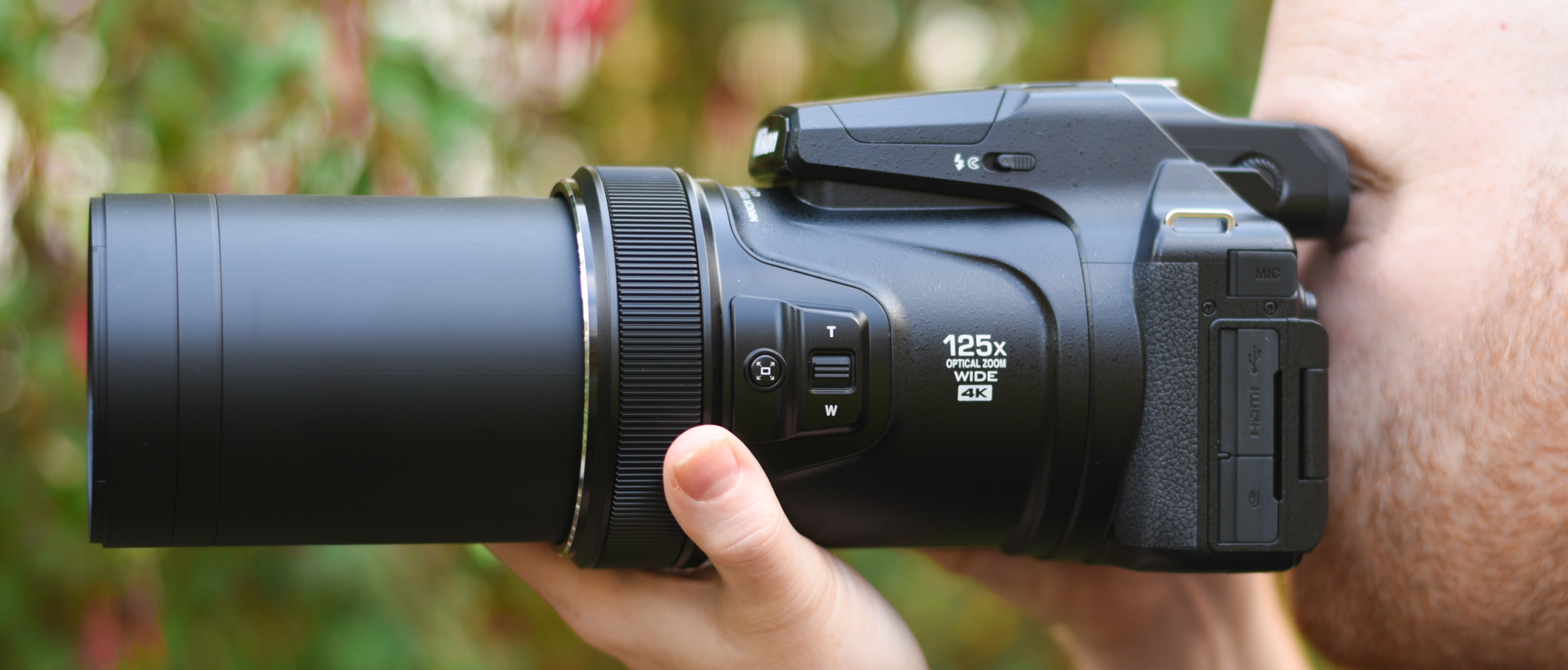Why you can trust TechRadar
Performance
- Raw (NRW format) and JPEG shooting
- 5-stop Dual Detect Optical VR technology
- 7fps burst shooting
Being a Coolpix camera, the Coolpix P1000's menus are far more basic than the company's DSLRs or mirrorless options, but dig around long enough and you find a few nice touches. The feature that remembers specific focal lengths that are accessed upon a quick rotation of the zoom control, for example, or another option that starts the camera up at 50mm or 85mm or another of seven focal lengths.
Elsewhere, a few things frustrate. Some options are not accessible when the camera is set a certain way, and these options are not just greyed out but completely inaccessible, which leaves you having to work out why this is the case. The P1000 is not alone with this particular frustration, but every camera ought to be able to explain why certain options cannot be selected (and many now do).
The camera can capture images at a rate of 7fps, and it manages to do so for seven frames, regardless of whether you've chosen to shoot in raw, JPEG or both. This is relatively low, but what's more annoying is that it locks up as images are sent to the card, which not only prevents you from accessing menus and changing settings, but even zooming the lens.
Still, the start-up time is also fairly respectable for a camera of this kind, being around one second. This is around the same when powering down, though only if the lens is at its widest focal length. At full extension this is around three seconds, which is also how long it takes to zoom when in use, although this can usefully be slowed for more precise positioning.
Image quality
- Raw and JPEG capture
- Active D-Lighting
- 4K video recording
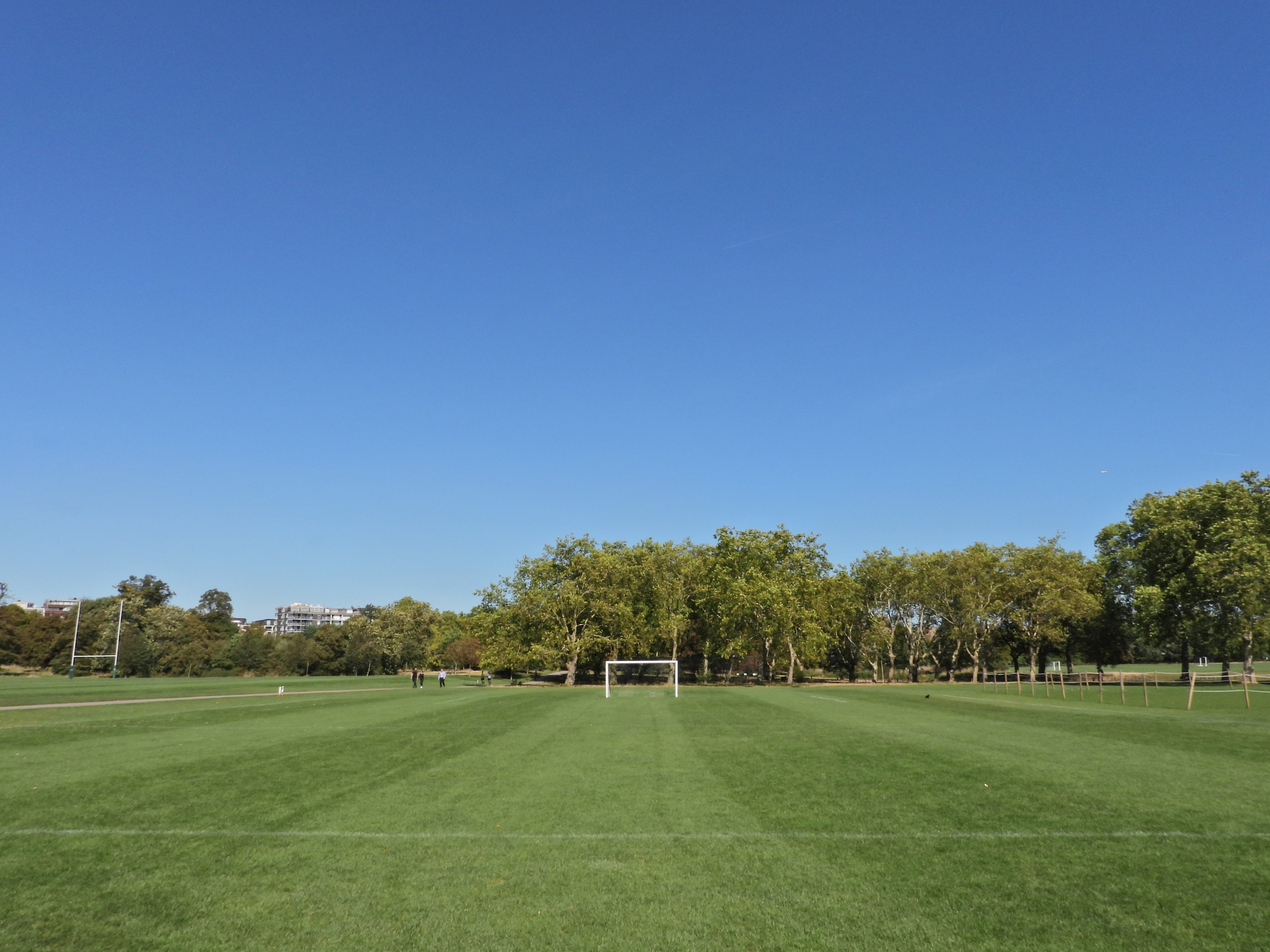
24mm (equiv.)
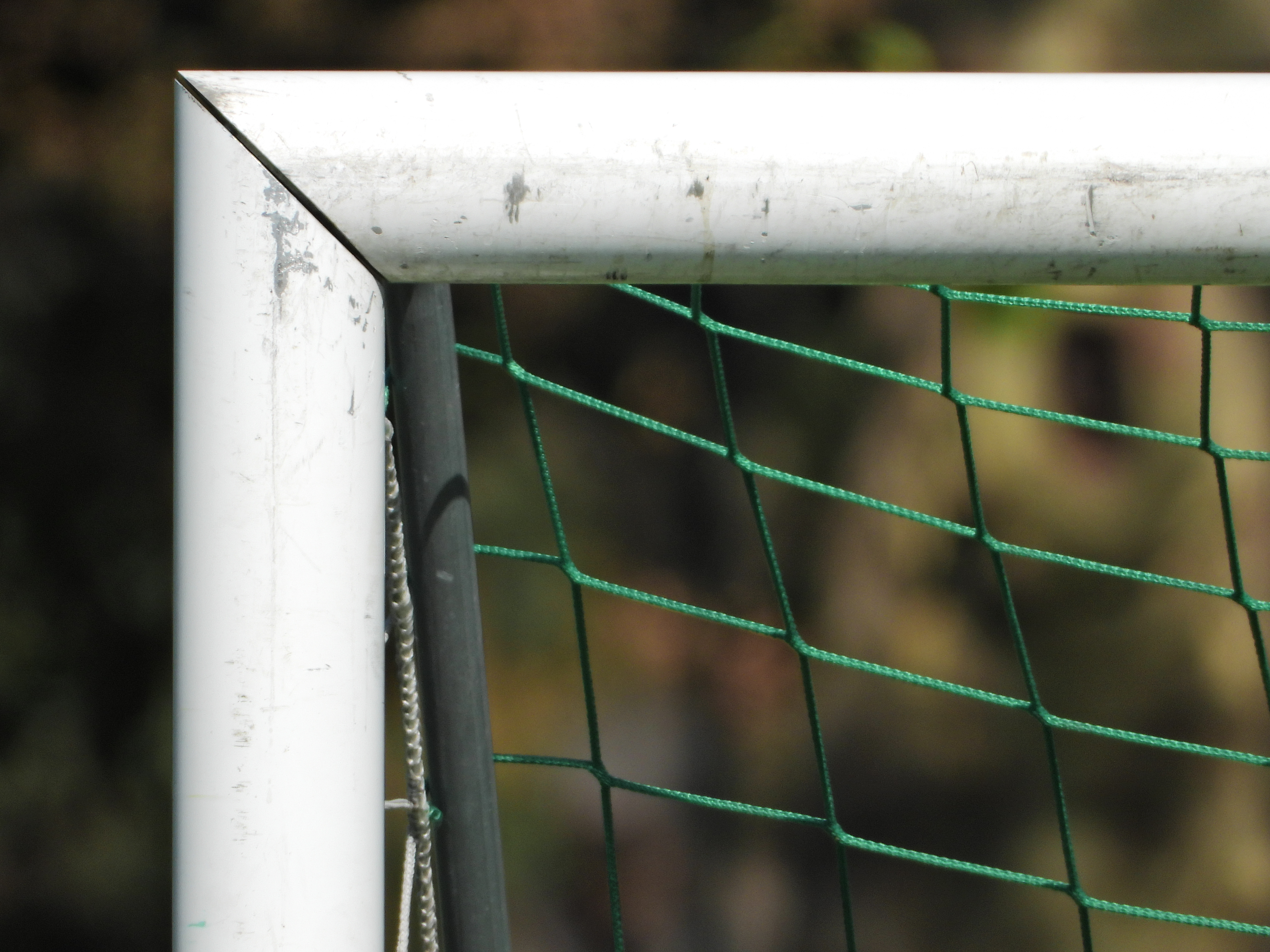
3000mm (equiv.)
While the P1000 boasts Raw shooting and 4K video, the fact that its sensor is the smallest of its kind currently used in compact cameras should curb our expectations somewhat.
Sensibly, Nikon has restricted the pixel count to 16MP, although the level of detail you find in images very much appears to be down to your focal length. Stick to the middle of the range and the camera is able to resolve a decent level of detail for a camera with such a sensor. Details are considerably softer at wide-angle, even in good light and at lower ISO settings.
The camera's Vibration Reduction system is essential when using the camera handheld, and it not only helps to keep images sharp but also the viewfinder/LCD feed stable. It appears to be very effective at more sensible focal lengths, giving around a three- to four-stop advantage on average, but even with this active it's very difficult to compose images with any precision at the 3000mm extreme.
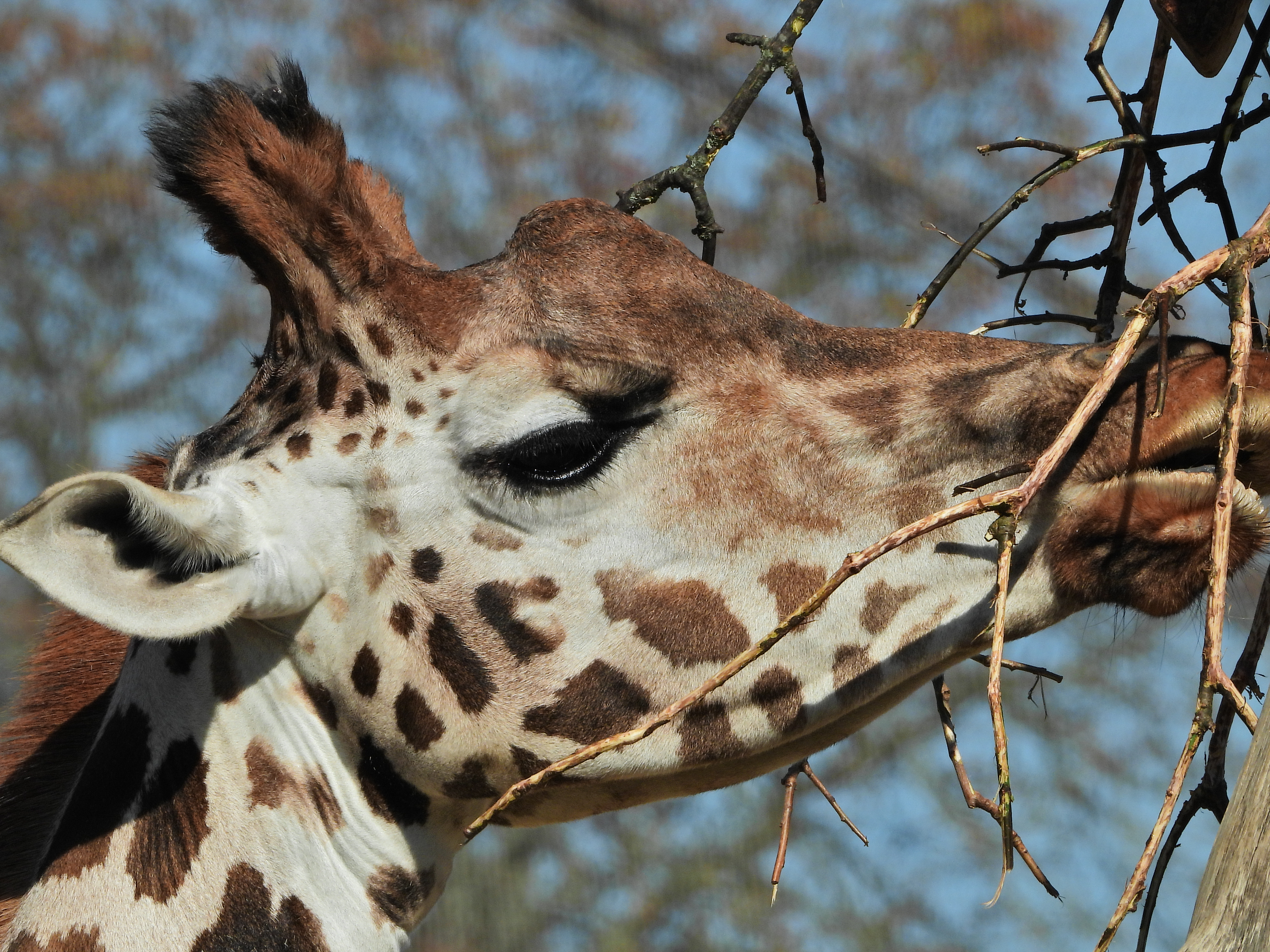
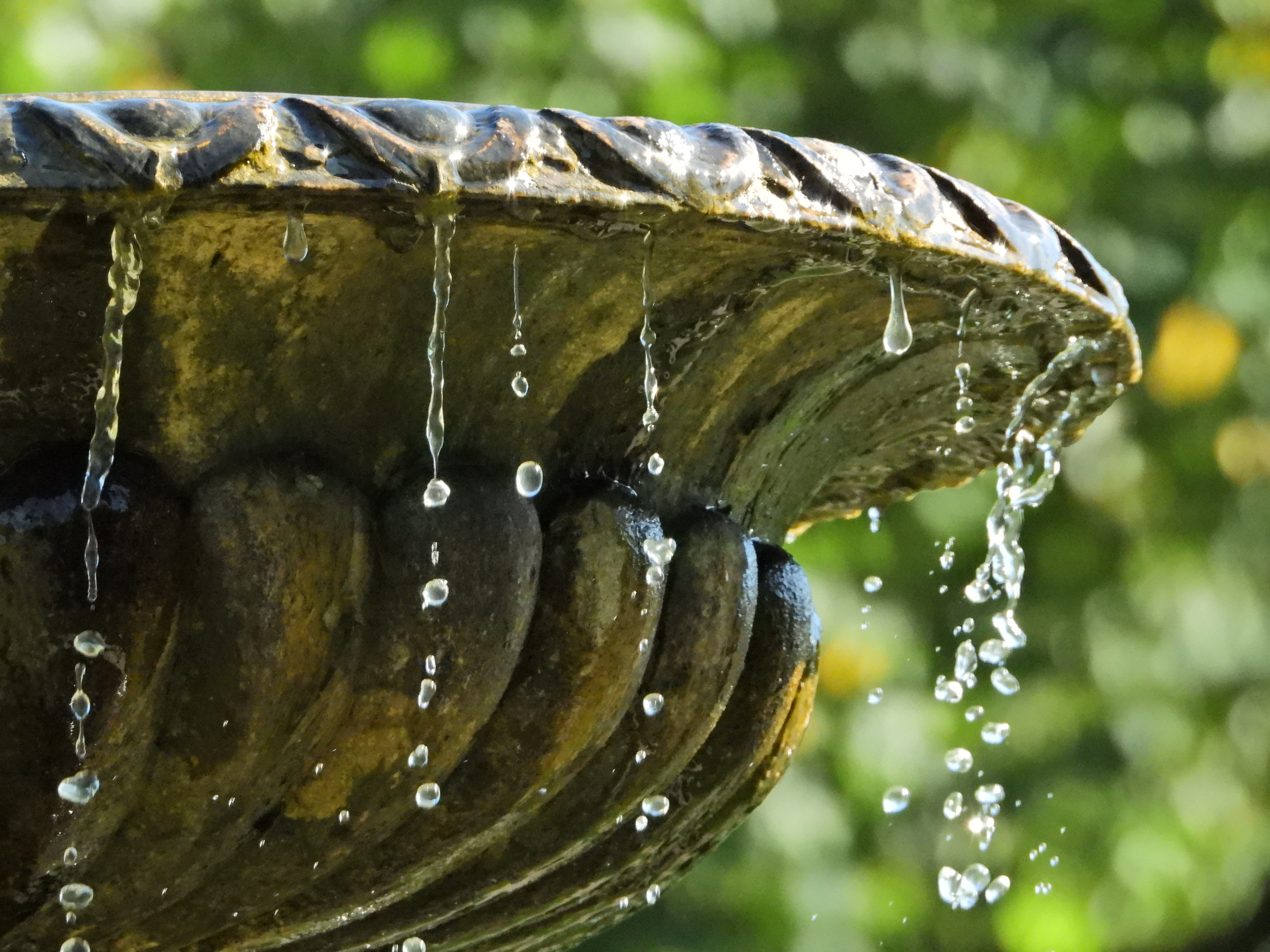
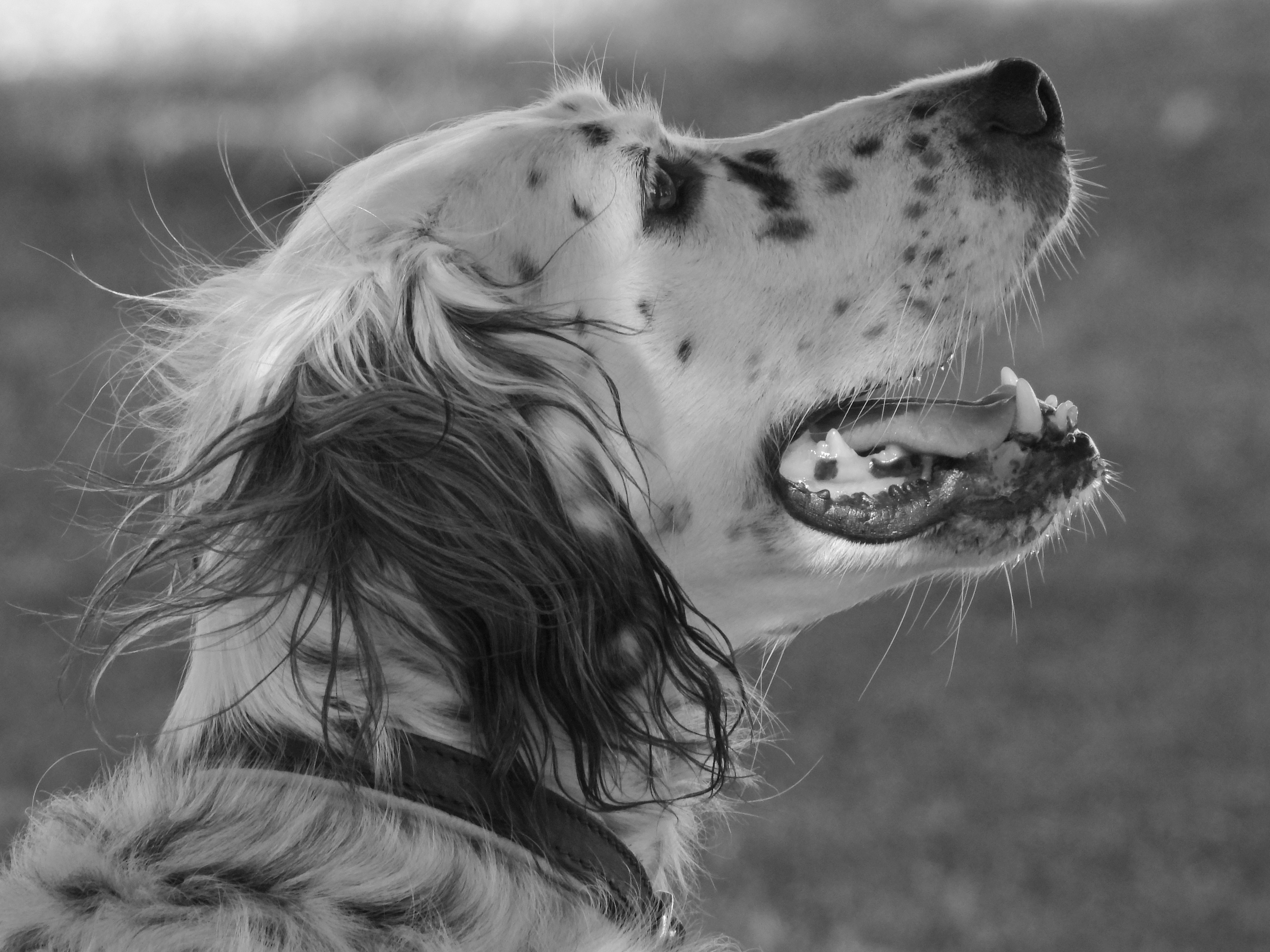

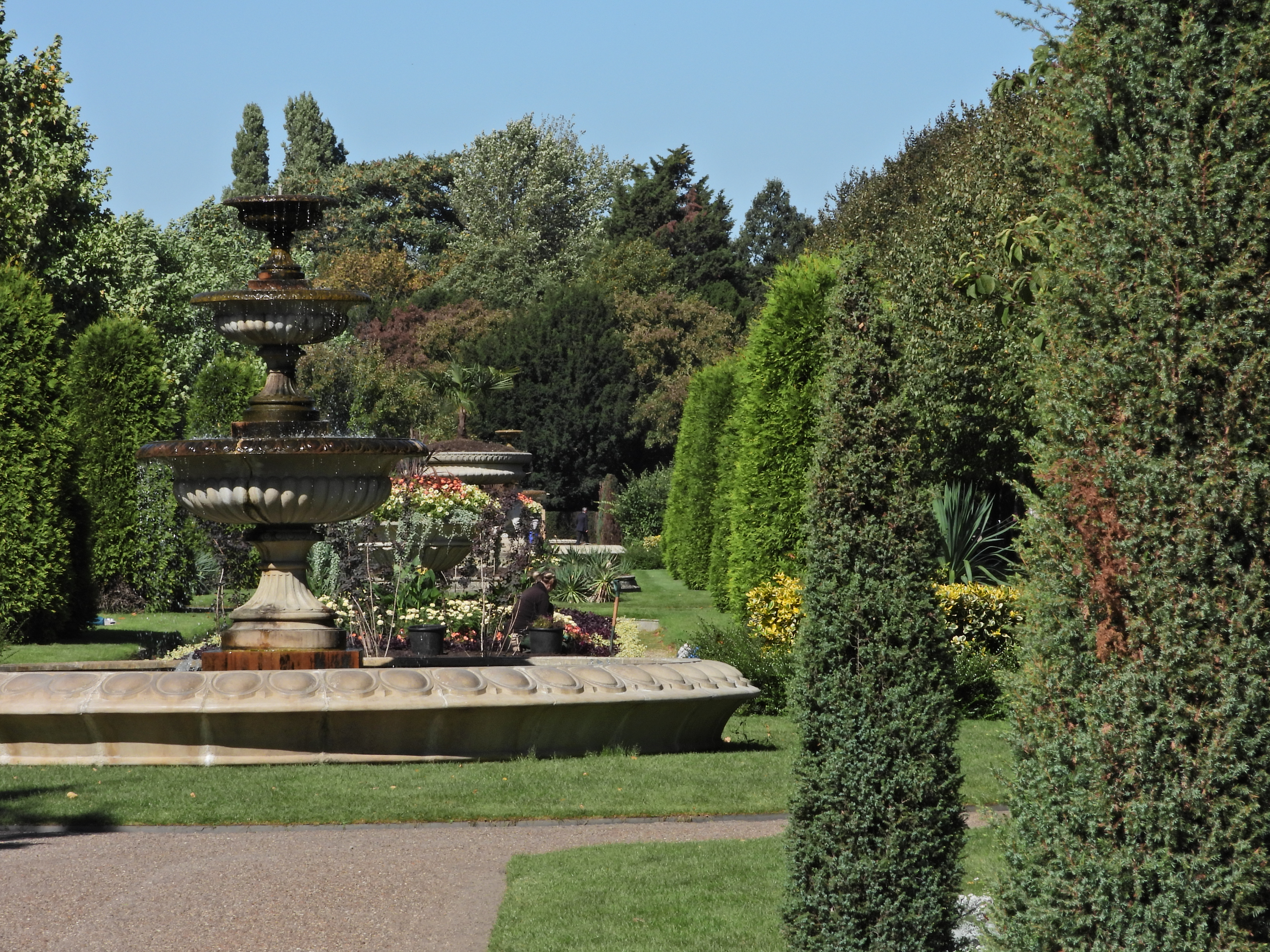
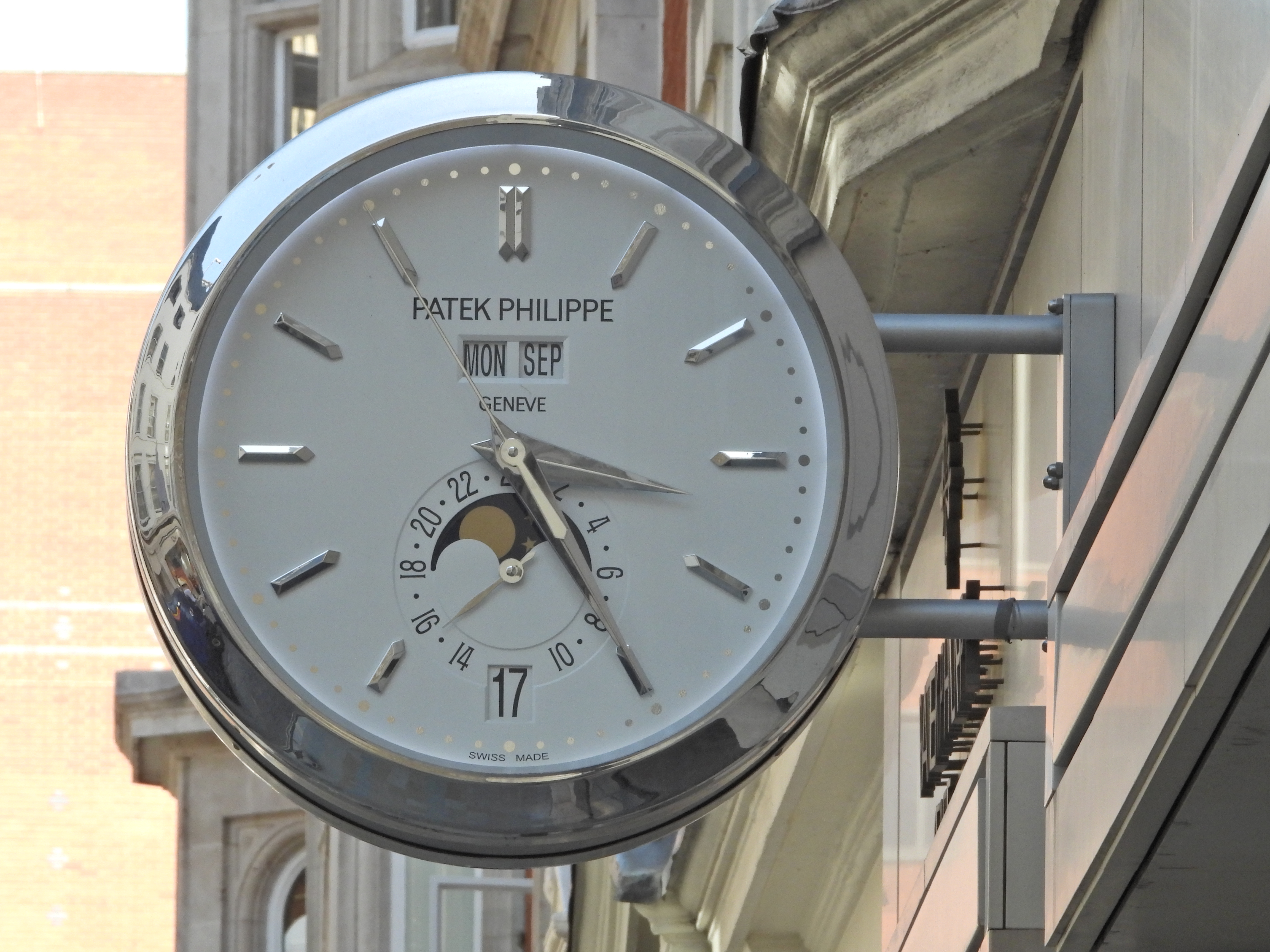
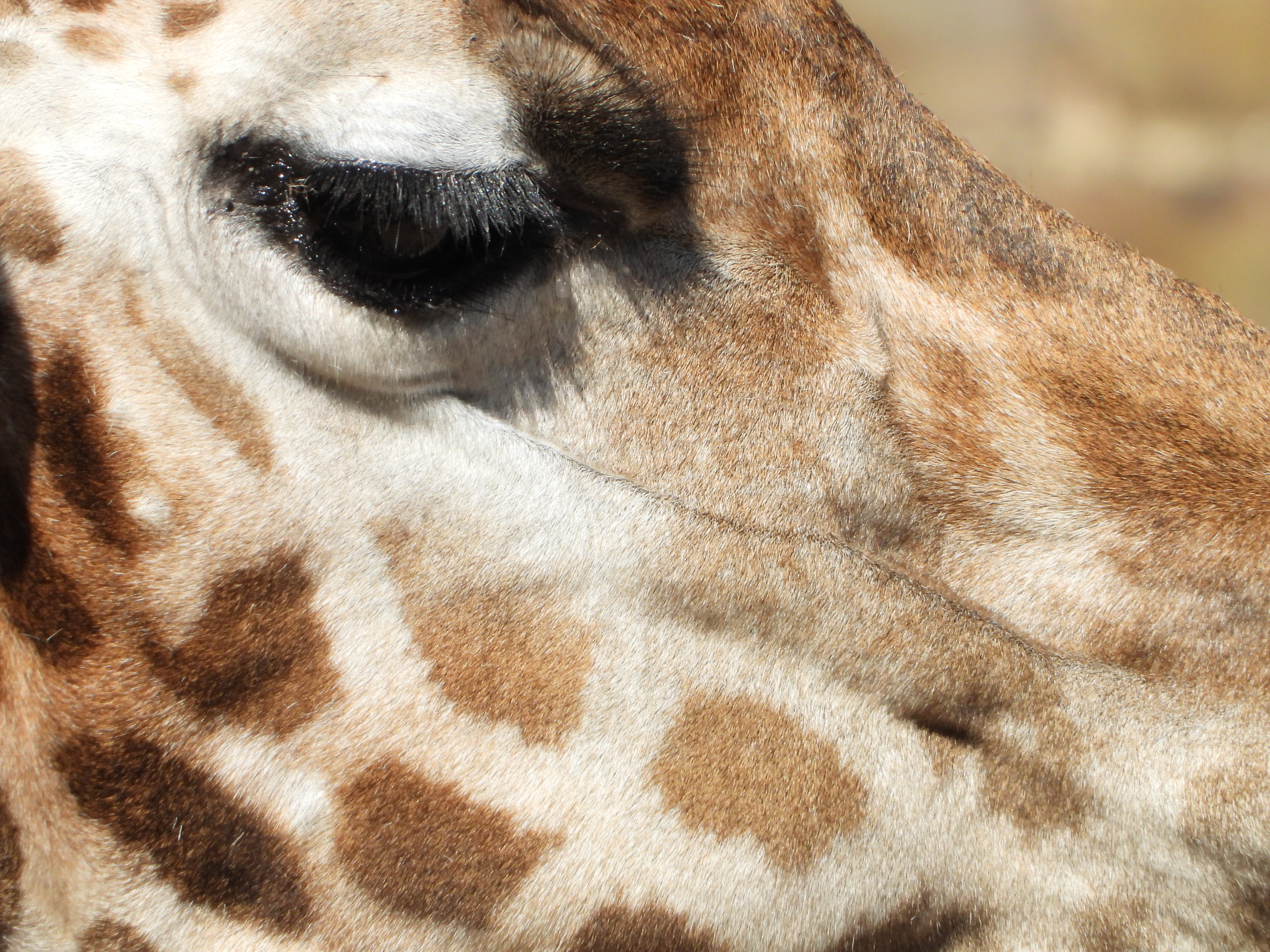
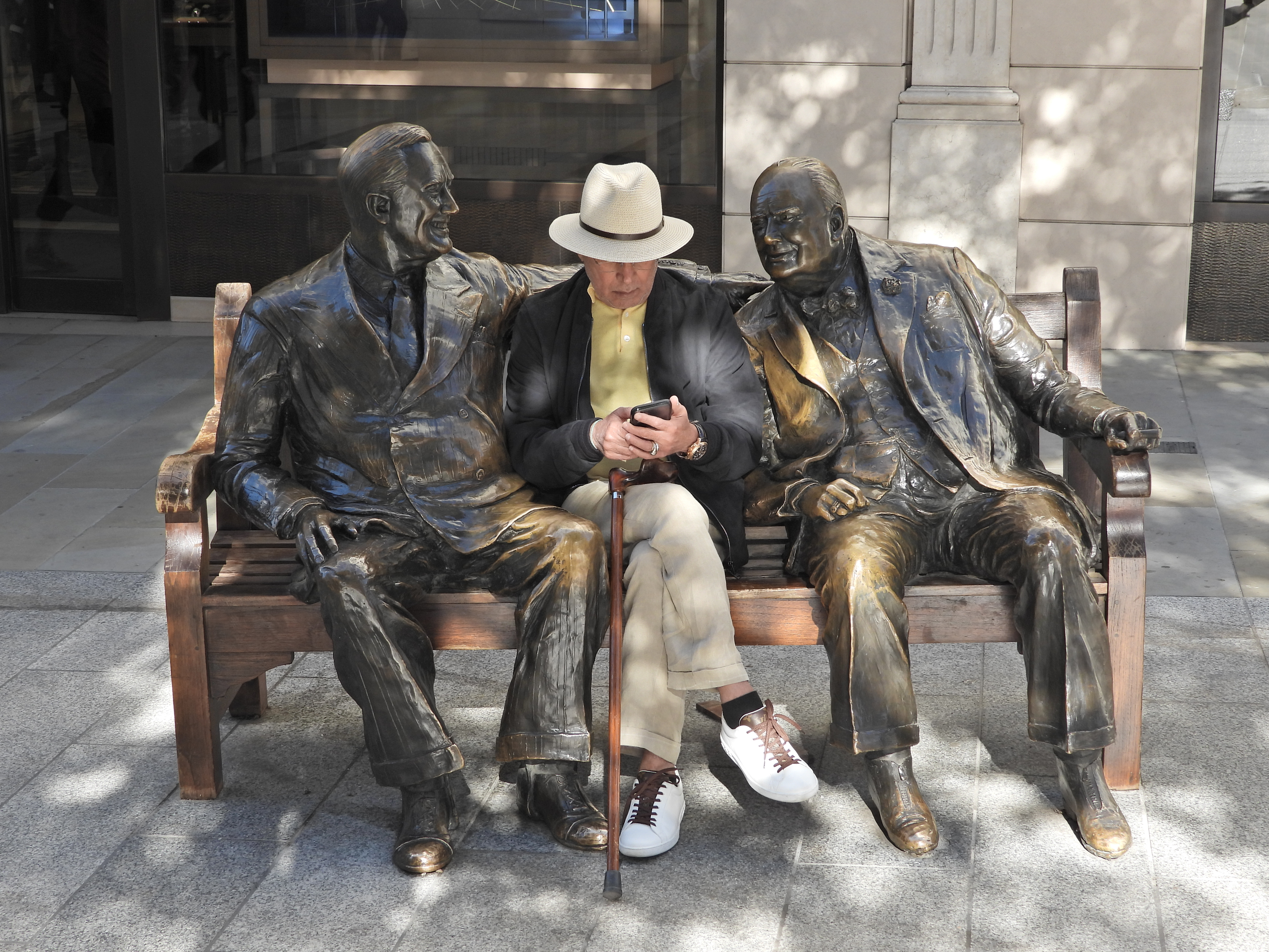
When it works, and perhaps when you steady yourself against a wall or something similar, the system can deliver perfectly usable images at such settings, with just slight softness and minor chromatic aberration to deal with. Shoot too far into the distance, however, and you'll typically have atmospheric haze to contend with too (although, thankfully, a filter thread is provided).
Examining raw files shows just how much processing is going on to get images as good as they are. You won't see this if you open up files in Adobe Camera Raw, Lightroom or something similar, but opening them up in something like Skylum Luminar gives you an idea of just how much the camera is doing, with heavy color casts and fisheye-like distortion at wide-angle.
Aside from minor issues with color accuracy and white balance, often leading to slightly desaturated images at time, JPEGs doesn't fare too badly, and raw files opened up in Photoshop start out fine. The finest details in some subjects fail to be rendered, and JPEGs do show a touch of over-sharpening, but not much.
Despite the presence of 4K recording to 30p, video quality is far from great, particularly at wide-angle settings. Footage lacks detail and is far from natural in appearance.
Current page: Performance and image quality
Prev Page Introduction and key features Next Page Verdict and competition